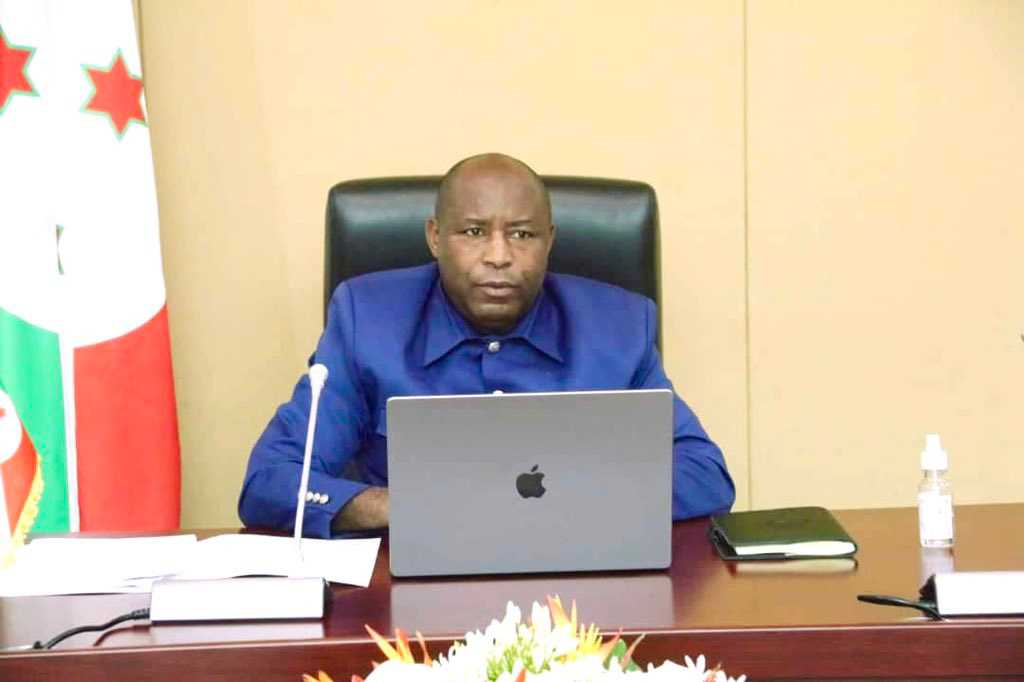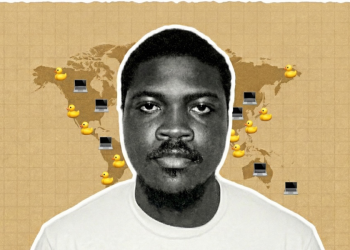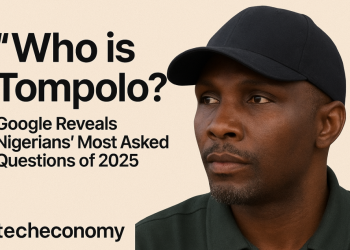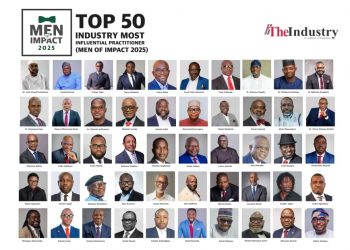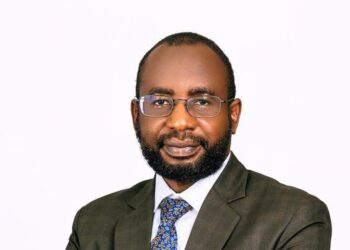Peace is the most effective tool for a nation’s development, according to the late Nelson Mandela,
The eastern region of the Democratic Republic of the Congo (DRC) has been plagued by violence and conflict for decades, with numerous armed factions competing for power and control of the country’s vast natural resources.
With little prospect for a peaceful resolution, the situation in the central African nation has been marked by severe human rights violations, widespread displacement, and instability. Since 2017, the security situation in eastern DRC has drastically deteriorated, with an estimated 8,000 deaths.
These perpetual wars have impacted the general development of Africa’s second-largest country; despite being one of the richest African countries in terms of natural resources, the country has one of the lowest human development indices due to decades of conflict, fragility, and stalled development.
As a result of the efforts of Burundi’s president, Evariste Ndayishimiye, there is renewed optimism for a lasting resolution to the conflict.
The Democratic Republic of the Congo joined six other East African nations as a member of the East African Community in March 2022.
The East African Community aims to develop policies and programmes to expand and deepen cooperation between member states in the political, economic, social, cultural, research, technology, defence, security, legal, and judicial fields for mutual benefit.
As soon as it joined, the community’s heads of state met to discuss the eastern DRC’s peace and security. The appointment of President Evariste to the EAC’s leadership in July 2022 has facilitated these discussions.
The resolve of President Ndayishimiye to work closely with the government of the DRC is one of his most significant contributions to the peace effort. By establishing a relationship based on trust and cooperation, he has created a setting where significant progress can be made towards solving the problem.
Additionally, the president’s efforts have extended beyond diplomatic channels. He has dispatched troops to the Democratic Republic of the Congo to aid in the conflict against rebel organisations.
His administration has endeavoured to strengthen commercial ties between Burundi and the Democratic Republic of the Congo. These activities have contributed to regional stability and given those afflicted by violence renewed hope.
The proliferation of armed factions, many funded by external parties, has been one of the greatest obstacles to resolving the conflict in the DRC. President Ndayishimiye has emphasised the need for a comprehensive approach that addresses the root causes of the conflict, including poverty, marginalisation, and the exploitation of natural resources. He proposes increasing investments in development and infrastructure to stimulate economic growth and address some underlying frustrations fueling the conflict.
A lack of trust between the parties has also impeded efforts to resolve the conflict in the Democratic Republic of the Congo. President Ndayishimiye has worked to establish bridges between various communities to recognise the significance of communication and reconciliation.
He has emphasised the importance of listening to all parties’ concerns and promoted nonviolent conflict resolution techniques.
Frequent meetings between the Heads of State of the East African Community (EAC) member states are held to strengthen collaboration in an effort to reconcile the Congolese people and restore peace and stability in the DRC.
The efforts of President Ndayishimiye to resolve the conflict in the DRC are commendable. His dedication to regional cooperation, disarmament, and development, coupled with his emphasis on dialogue and reconciliation, provides a solid foundation for enduring peace.
Clearly, there is still a great deal of work to be done, and the situation in the DRC remains complex and volatile: the conflict has been ongoing for many years, and issues with profound roots must be resolved.
However, the leadership of President Ndayishimiye has given hope to those affected by the conflict and demonstrated that progress is possible when leaders collaborate towards a common objective.



